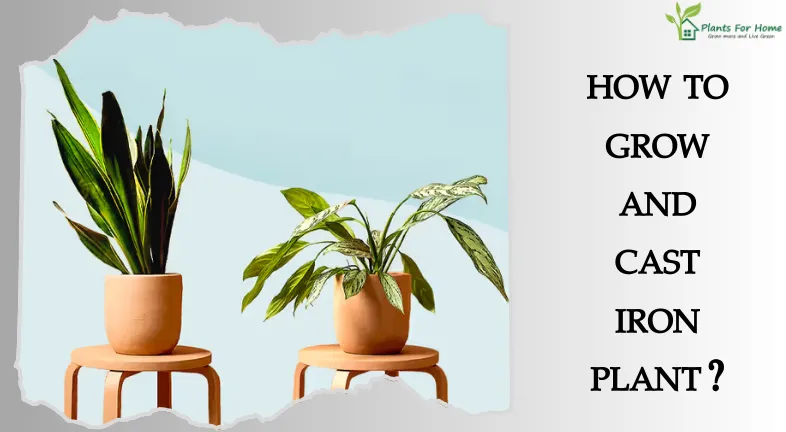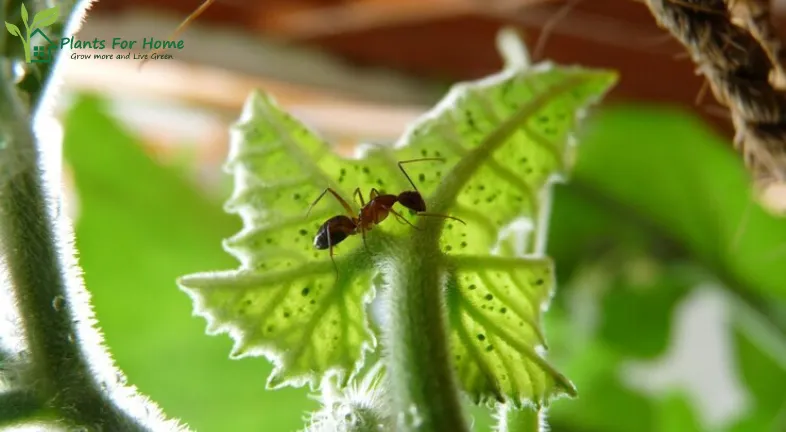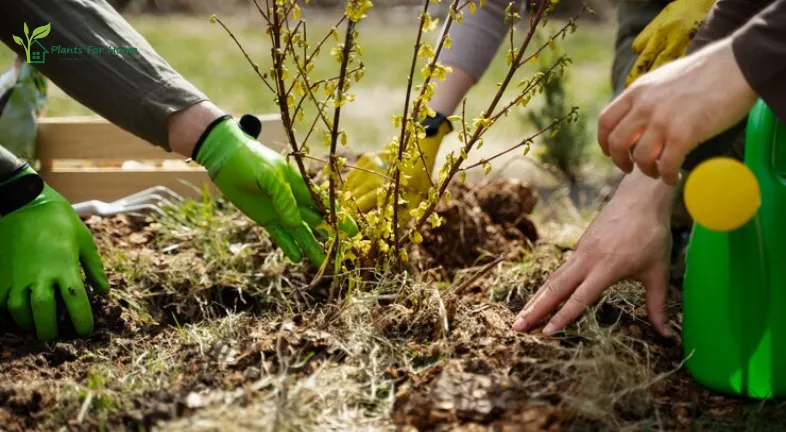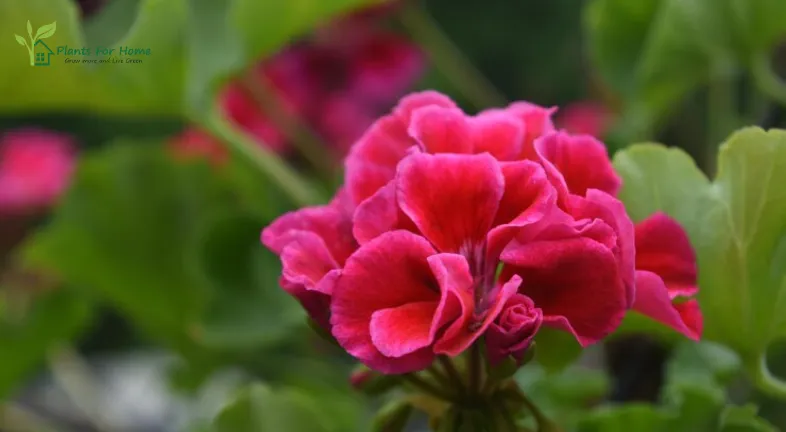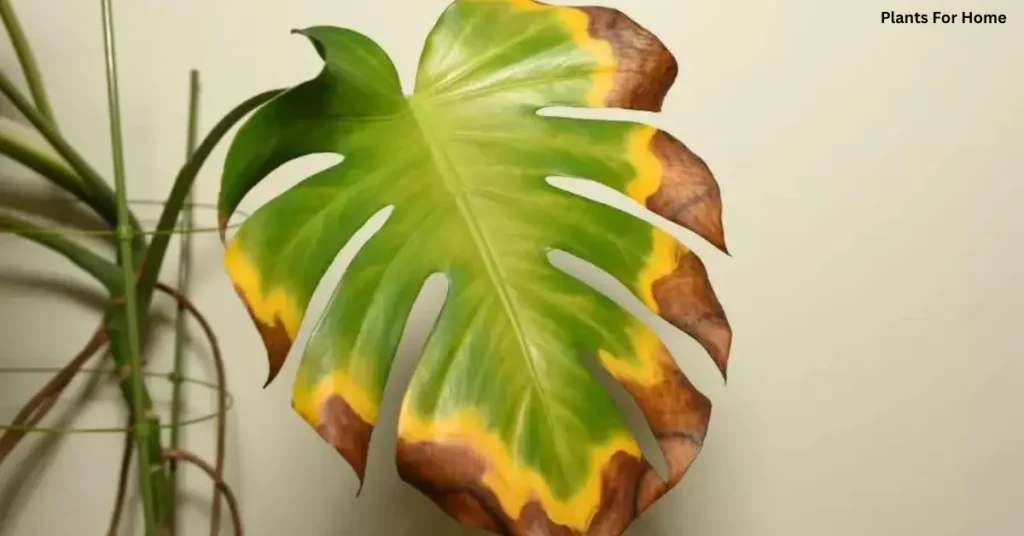
After determining the reason for the browning, you can address the issue. Allow the soil to dry completely before adding more water if you’re overwatering. Water your plant thoroughly if it appears to be underwatering. Raise the humidity level surrounding your plant if it’s low. If the amount of sunshine is too high, relocate your plant to an area with less direct sunlight. If your plant is lacking in nutrients, fertilize it. Use a fungicide to treat the illness if it is caused by a fungus. Many plant lovers are fascinated by the stunning, perforated leaves of Monstera deliciosa, also referred to as the Swiss cheese plant.
Your Monstera leaves may be becoming brown for a few different causes, and the cause is frequently discernible from the particular pattern of the browning:
Overwatering– The most frequent cause of browning in Monsteras is overwatering. Constantly damp soil might suffocate roots and hinder their ability to take up oxygen. This causes root rot, which eventually manifests as brown patches or blotches on the leaves, frequently beginning at the tips or margins.
Under watering– Browning can also result from underwatering, albeit less frequently than overwatering. The leaves will begin to wilt and become brown when the soil is excessively dry for an extended period of time; this usually starts at the edges and moves within.
Low humidity– Because monsteras are indigenous to tropical regions with high humidity, dry air can affect them. The leaves in your home may begin to crisp and turn brown at the edges if the air is excessively dry.
Too much sunlight– Indirect, bright sunlight is what monsteras prefer. Brown patches or spots can appear on leaves as a result of overexposure to direct sunlight.
Nutrient deficiency– A deficit in nutrients may also be the cause of browning, particularly if the leaves are light or yellow in color prior to browning.
Fungal disease– A fungal disease may occasionally be the cause of browning. Usually, there are additional signs present as well, including leaf spots or yellowing leaves.
Pests: Mealybugs and scales, albeit less frequent, can also cause browning damage to Monstera leaves.
Checking the soil moisture, light levels, and humidity is a smart idea if you’re unsure of what’s causing the browning. Additionally, you can closely inspect the leaves for any indications of illness or pests. After determining the source, you can take action to stop additional browning.
There are several compelling arguments for routinely cleaning the foliage of your Monstera—or any other plant—including the following. The most frequent explanation is simply because it looks better. After taking the time to clean your house, why let the greenery retain the appearance of an old wine bottle?
Plant health is the second explanation. As previously stated and covered in an earlier blog post, a clean and dust-free foliage facilitates improved photosynthetic processes for the plant because it eliminates the need for an additional layer that would impede light penetration.
Keeping dust out of the way also permits the plant to breathe. In our houses, dust and other debris can clog the ‘Stomata,’ which are microscopic pores on the leaves of plants. A healthy monstera will reward you with greater foliage and faster development. A dust-free monstera is a healthy monstera.
Lastly, routine cleaning gives you a chance to look for pests and illnesses and take care of them before they become a problem.
To stop Monsteras from browning, follow these suggestions:
- When the earth is dry to the top inch, water your Monstera.
- Your Monstera should be placed in an area with strong, diffused sunshine.
- You can raise the humidity surrounding your Monstera by using a humidifier, sprinkling the foliage frequently, or setting the plant on a pebble tray.
- Fertilize your Monstera once a month in the spring and summer, when it is growing.
- Check your Monstera frequently for illnesses and pests.
GLOW IN THE DARK

- It should be mentioned that there are a few things you can do to make sure your Monstera shines above the others even before you get your elbow grease dirty.
- Your Monstera will always look fantastic with proper plant care.
- Make sure the Monsteras are situated in an area with bright, indirect light, as they adore it. During the summer, keep the potting medium slightly moist, and during the winter, let the top few centimeters of the media dry out.
- Ensure that the potting mix they are using is of high quality, with large chunks of orchid bark, perlite, horticultural charcoal, compost, and peat.
- Moreover, fertilize! A high-nitrogen liquid fertilizer should be administered often to monstera while they are actively growing.
- Neem oil is the best option if, despite everything, you still feel like it needs a little something to truly glow. After wiping, this all-natural, organic product, which won’t clog your plants’ pores, leaves the foliage shining. If the sun is or will be directly on the leaves within the next few hours, do not use a spray application.
- Neem can be sprayed straight onto leaves, but for a less messy application, try applying into a damp towel and cleaning the leaves directly after.
Some Advice for Preserving the Glow Over Time:
- Establish a weekly routine of checking your plants.
- Gently brush the leaves with a gentle brush or cloth.
- To preserve a natural sheen, rotate your plants periodically to guarantee even distribution of light.
- Make sure the humidity levels are right; dry air can make leaves appear lifeless.
- Think about terracotta and other ecological materials pots that have adequate drainage and let the soil breathe.
CONCLUSION:
Houseplants like the Monstera are becoming more and more popular because of their vivid emerald leaves and creamy white variegation. Known by several names, including Monstera or the Swiss Cheese plant, this stunning plant adds a touch of natural charm and tropical elegance to any indoor space. It’s not only a popular Instagram pick these days.
But caring for this multihued gem requires much more than simply admiring its breathtaking beauty. In this comprehensive book, we will delve into the realm of the Monstera, unlocking its mysteries and equipping you with the necessary knowledge and abilities to nurture it into a robust specimen.
Houseplants like the Monstera are becoming more and more popular because of their vivid emerald leaves and creamy white variegation.


